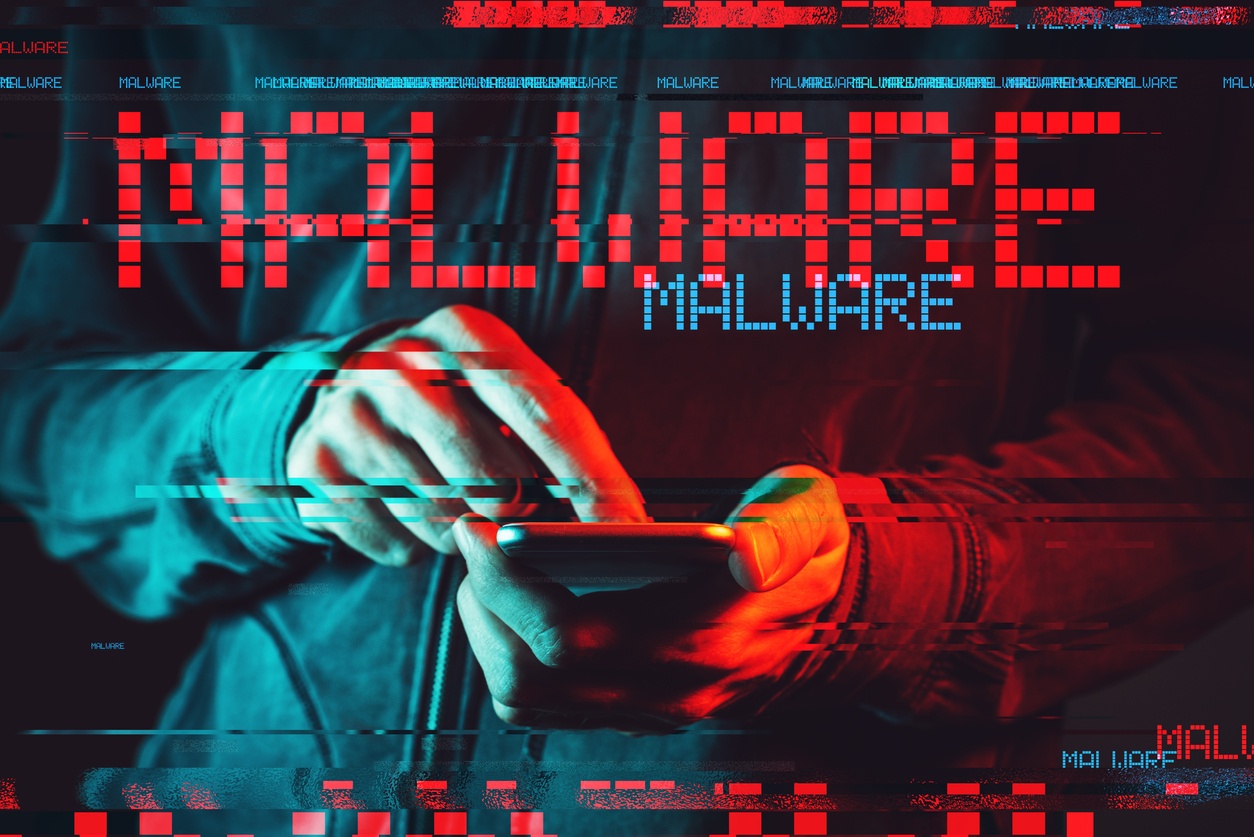Malware Crosses the Streams

Illicit streaming devices make accessing pirated works easy and convenient. But do they also make it easier for hackers to access your devices and sensitive information?
In recent years, a number of companies have entered the streaming device market to allow consumers to access content from their favorite streaming and online services on their home entertainment systems and other devices—think Roku, Amazon’s Fire TV Stick, and Google’s Chromecast. Along with these, a host of third-party set top box manufacturers and app developers have emerged around the Kodi ecosystem. Kodi itself is a noninfringing, open source media player. But because of its openness, it has been used as a platform for pirates, who either develop apps that provide access to infringing content or distribute “fully loaded” set top boxes that come preloaded with illegitimate apps. A recent Sandvine study found that almost 10% of homes in North America use one of these devices.
By using these devices to pirate creative works, consumers are undermining the ability of creators to earn a livelihood and the ability of entrepreneurs and companies to continue to invest in the creation of the types of works that make these devices so attractive in the first place. But new research shows that these devices may also expose consumers to immediate harm: malware.
In Fishing in the Piracy Stream: How the Dark Web of Entertainment is Exposing Consumers to Harm, Digital Citizens Alliance (DCA), working with researchers at Dark Wolfe, found that illicit streaming devices expose consumers to a much higher risk of malware. The research builds off an earlier report from DCA, Digital Bait, which detailed the relationship between pirate site operators and malware vendors. That report described how pirated works act as an attractive draw for malware vendors, and found that 1 in 3 pirate websites expose consumers to malware.
Since that report, consumers have increasingly shifted toward streaming—and the use of streaming devices. And so, DCA wanted to see if malware has also followed this shift. DCA partnered with Dark Wolfe to study the ten most popular piracy apps in this ecosystem over the course of six weeks.
They found that it had. And because the devices are hooked up to a home network, users have essentially “escorted” malware distributors past their network security. As the report notes, “The malware looks for a pathway to any connected device, putting an entire home network at risk. Expanding the infection vectors (the pathways from an attacker’s computer into connected devices on a user’s network – such as a child’s tablet, a newer refrigerator or a computer) increases the likelihood of data theft.”
To address streaming device malware, Digital Citizens Alliance calls on law enforcement to prioritize the investigation and prosecution of the criminal networks involved, consumer protection agencies to warn consumers about the risks of piracy devices and apps, and digital marketplaces like eBay, Craigslist, and Facebook Marketplace to ban the sale of piracy devices.

